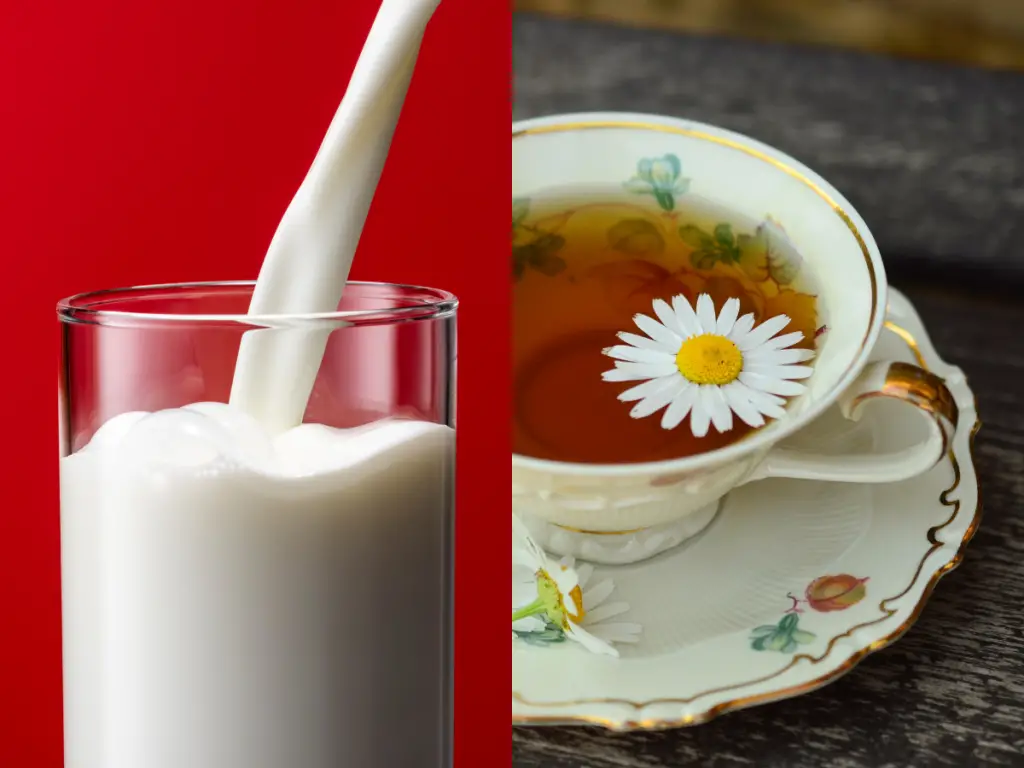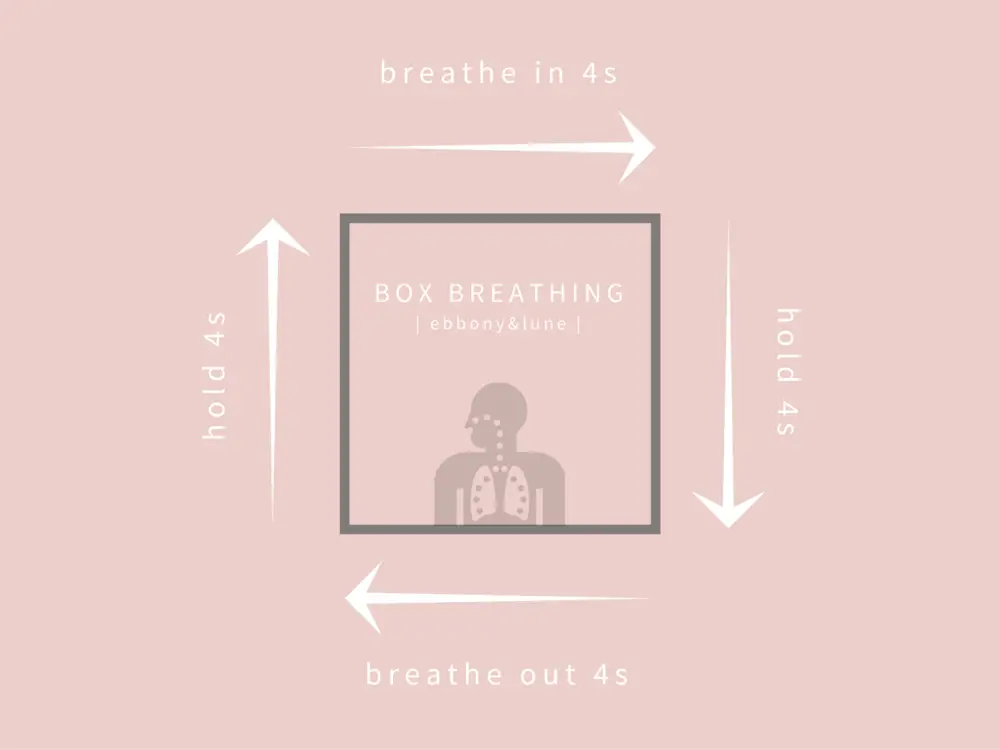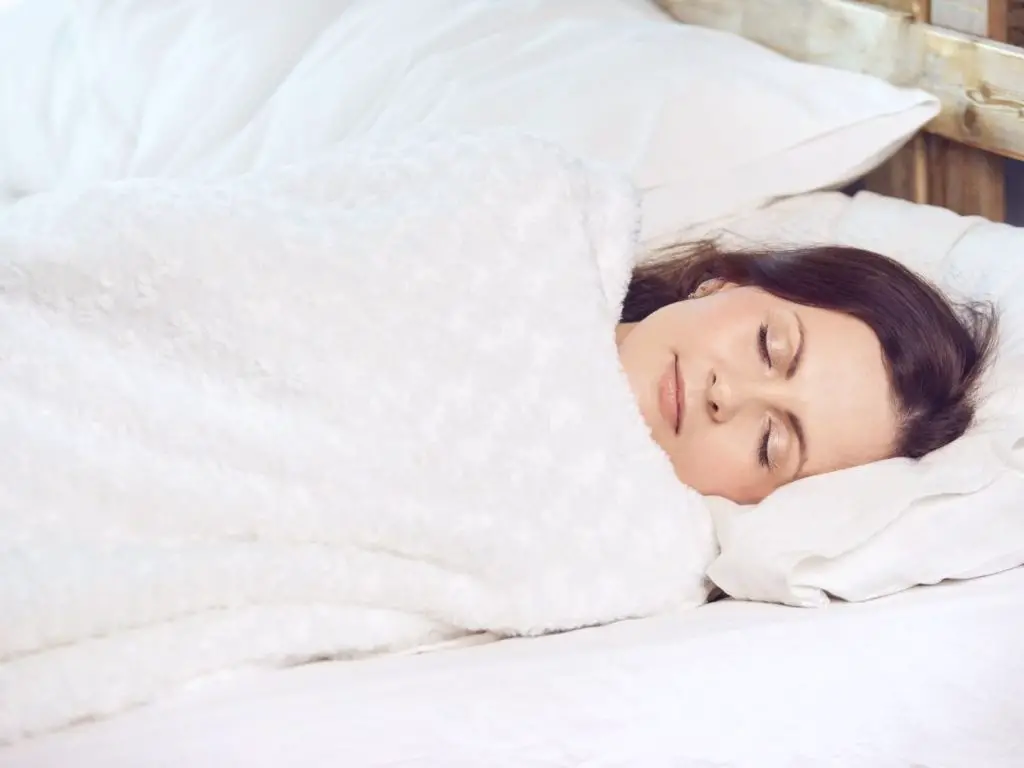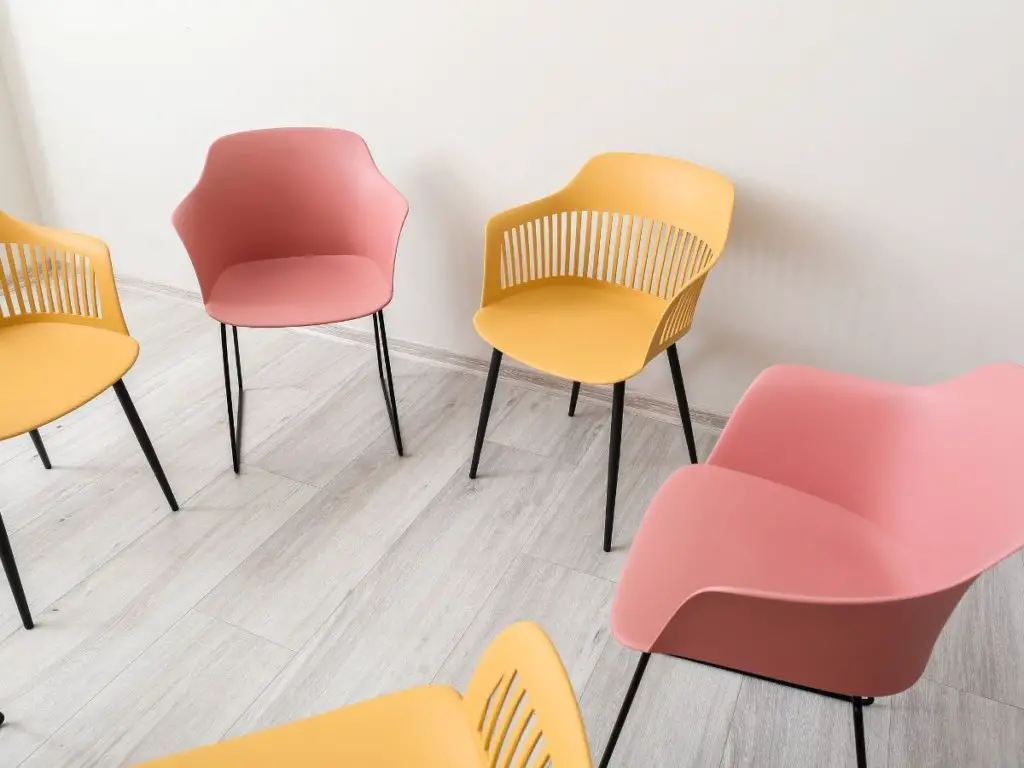As I was writing this article, I realised that I have tried quite a lot of things in my effort to overcome my struggle with going to bed and falling asleep. For easier reading, I decided to split the article into two parts. You can read part 1 over here.
Before I continue, I would like to point out that long-term sleep deprivation has serious consequences on your mental abilities as well as your physical health. These methods that I have tried and any tips I have might not be enough for someone who has a serious sleep disorder. If you do find yourself being affected in your daily activities by your lack of sleep or low quality of sleep, do seek professional help.
With that off my chest, here are the things that I have tried in my battle with insomnia.
1. Warm milk/tea
I’m pretty sure you have heard of this advice before – that drinking a cup of warm milk can help you fall asleep. Some also suggest drinking warm milk with honey. But the big question is does warm milk really help with sleep or is it just an old wives’ tale? Well, there has been some scientific evidence that suggest the amino acid tryptophan in milk has sleep-promoting properties.
Then there’s also the advice of drinking tea such as chamomile tea or lavender tea – both are known to have soothing effects that can enhance sleep quality. Chamomile also contains an antioxidant called apigenin which can promote muscle relaxation and sleep.
Personally, I have tried drinking warm milk and chamomile tea, but I think the effects were too small to make me feel sleepy or overcome my insomnia. But I do think it can be incorporated into a sleep routine that helps your body to relax and to signal to your brain that it’s time to sleep.

2. Breathing
To my surprise and awe, I recently found out that I have been doing a breathing exercise called the Navy SEAL breathing technique. I didn’t know what I was doing was a real thing. 😅 In my mind, what I was trying to do is emulate the way we breathe when we are asleep – this very slow inhale and exhale of breath. Turns out it’s similar to how the NAVY Seals breathing technique goes – it’s also known as box breathing or square breathing.
Box breathing is usually done to calm our central nervous system and to bring a sense of calm during high-tension situations. If you are feeling anxious or nervous, doing the box breathing exercise for 5 minutes would help to relax your nerves. And if you are trying to fall asleep, it is encouraged to do this breathing exercise in a cool, dark, and quiet room.
Here’s how it goes – before you begin, visualise a box with each step representing each side of the box. Start with inhaling to a count of four – as you inhale, feel your belly expand. Then, tense your body as you hold your breath for 4 counts. Exhale for four counts and let the air completely leave your lungs. Final step, hold the exhale for four counts and do a body scan to make sure all your muscles are relaxed. Repeat for at least 6 rounds.

3. Temperature
I never thought too much about the temperature in the room when I go to bed, but I came across an article that says that we sleep best in cold temperature. Apparently, the ideal temperature for sleep is 18.3°C (65°F). Since reading that article, I have tried it out and realised that I have a much better sleep quality when it is cold. I also like the cosy feeling of being wrapped up in my blanket which helps me sleep better.
It became even more apparent when I moved into a new place where my room did not have an air-conditioner. It was so difficult to fall asleep for the first few months until my body slowly adjusted to the new temperature. Even then, my sleep quality didn’t improve by much. But I understand that it might be difficult to have the air-conditioner turned on throughout the night.
For me, I would set a timer on my aircon because I just need the cold temperature at the beginning to fall asleep to. Once I’m down for the count, I would usually sleep through the night. Another alternative is to get a portable air cooler (which is what I’m doing now and it has helped so much).

4. Group therapy
Yes, there is such a thing! I was pleasantly surprised when I saw a poster on Facebook looking for participants to join a group therapy for people suffering from insomnia. It was conducted by clinical psychology interns as part of their training; hence the group therapy sessions were free. I immediately signed up and went through a screening session.
I turned out to be suitable and I joined the online group therapy that was held weekly for 5 sessions. Each session consisted of a mixture of cognitive, behavioural, and psychoeducational interventions. We learned about some of the things I’ve mentioned here – imagery, breathing exercise, etc. We were also exposed to the importance of good sleep hygiene and how we could achieve that. We were given some homework to do and we would share our experiences with each other.
What I found most valuable and helpful during these sessions was knowing that I wasn’t alone in my struggle to sleep. I met with others who were in the same predicament, and the therapy sessions became a safe space where I could talk about my suffering without being judged. The most profound thing that I learned from the group therapy was to focus on relaxing as my goal. The more we put pressure on ourselves to sleep, the less likely it will happen. Instead, turn the focus towards relaxing your body and naturally, sleep will come easier. Group therapy really worked for me, and I would recommend it. But there isn’t many around (I couldn’t find any others actually), so I do hope that group therapy for insomnia becomes more common in Malaysia.

This concludes my battle with insomnia and all the things I have tried to overcome it. Hope it was helpful in some way to everyone who is fighting the same battle. You are not alone!















